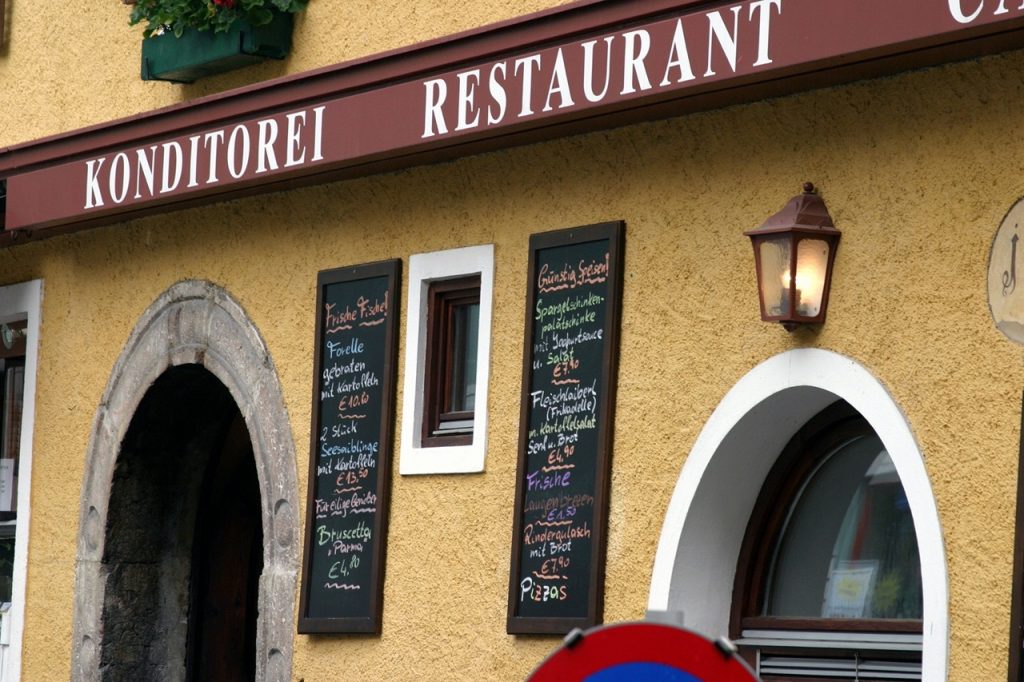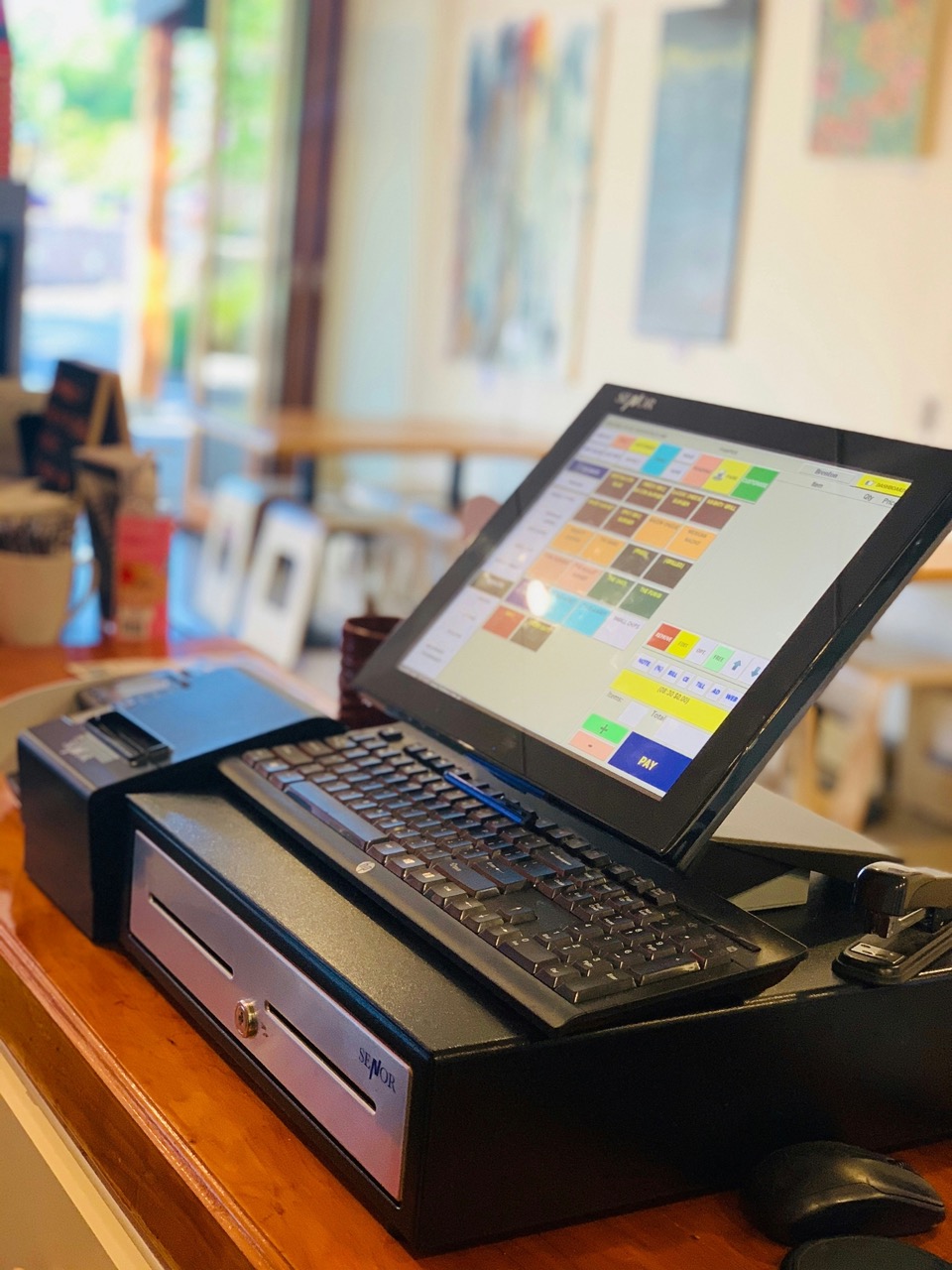Supply Chain Optimization basics
Restaurant supply chain optimization is crucial to restaurants since it is at the core of their ability to react properly and in a timely manner to the customers’ demand. Supply Chain Optimization basics should be studied so that they could be fully understood. Pay attention to the following factors in more detail:
- Delivery: all restaurants are dependent on the reliability of the suppliers. Getting the appropriate suppliers and having the right relationships with them is important in having a successful supply chain.
- Inventory: proper inventory management will help restaurants save money, prevent loss of products, and fulfil customers’ demands. Applying principles like Just-In-Time (JIT) will be beneficial to achieve so.
- Logistics: intra-restaurant distribution of products and delivery of products to restaurants depend on well-designed logistics. Route optimization and cargo flow management are the most essential points.
- Technology: supply chain management process digitization becomes an essential point of optimization. New IT solutions make it easier to streamline the process of enhancing efficiency and transparency in the supply chain.
The impact of technology on process optimization cannot be overstated. The use of modern software tools enables the automation of hundreds of processes, lowering the risk of errors and enhancing the response time to changes in the market. Some of the technologies applied with intensity in the restaurant industry include:
- Warehouse Management Systems (WMS): enable the optimization of the goods accountancy and inventory.
- Delivery management platforms: allow tracking of delivery time, cost and route, improving customer experience.
- Analytical tools: sales, demand and profits data analysis allows forecasting trends and readjusting accordingly.
Thus, knowledge and effective application of the basic principles of supply chain management can significantly improve the restaurant’s performance, increase its competitiveness and responsiveness to customers’ needs. One also needs to recall that the supply chain is not a standalone collection of processes, but a dynamic system, and one needs to continually nurture and accommodate changing circumstances. Restaurants then need to choose appropriate technologies and tools that will maximize not just the supply chain, but the business model as a whole.
Needs analysis and demand forecasting
Restaurant Supply Chain Optimization starts with being thoroughly knowledgeable about customers’ needs and accurate demand forecasting. By this, not only are restaurants saved money, but also customer satisfaction increases. In this section from Celadonsoft, we consider the most critical techniques which will help you to do this job.
Explore how our Restaurant Management Software insights also address data governance challenges.
Client needs analysis techniques
There are different approaches which must be employed to analyze needs effectively:
- Questionnaires and surveys: Face-to-face customer interaction through surveys allows detection of their requirements and needs.
- Historic data analysis: Review of previous orders and supporting data allows detection of demand trends.
- Social Media Monitoring: Track social networks feedbacks and discussion regarding your business and products to detect current tendencies.
- These can be utilized as bases for more accurate forecast, which will actually make it easy to handle stocks.
How to forecast demand
Demand forecasting is a multi-parameter task. Discuss some of the most popular techniques:
- Time series techniques: Mathematical models such as linear regression or ARIMA allow the use of past data to forecast future demand.
- Qualitative techniques: This technique utilizes expert opinion and judgment. For example, you can use a manager and a chef to approximate future requirements on the basis of current trends.
- Seasonal analysis: Never fail to factor seasonal fluctuations (e.g., greater demand for cool drinks in summer) when projecting.
Communication with suppliers
Celadonsoft: Proper operations of the entire Supply Chain Optimization are based on good communication with suppliers. The choice of trustworthy partners and constant cooperation are key conditions.
How to select reliable partners
When choosing a supplier, pay attention to the following points:
- Product quality: Be careful to read certificates and customers’ reviews.
- Delivery time and punctuality: Specify how quickly and how often the supplier can deliver the order.
- Terms of cooperation: Examine payment terms and volume flexibility of supplies.
Value of long-term relationship with partners
Long-term relationships with established partners can yield many advantages:
- Lower waste: Favourable terms from trustful partners can be secured in perpetuity.
- Resilience to crisis: Trade with experienced partners provides more rapid reaction to demand and market changes.
- Innovation and co-development: Collaboration can be aimed at the creation of innovative products and menus through exclusive ingredients.
Effective communication with suppliers is therefore a key element in simplifying the restaurant Supply Chain Optimization.

Optimization of logistics and storage
Effective management of storage and logistics is extremely important in the restaurant industry. The following are some solutions that will improve the processes:
Warehouse management:
- Adoption of stock accounting system, where the information is given immediately concerning how much product, as well as the expiry dates.
- Usage of the «First come, first go» (FIFO) principle in minimizing loss due to delay. Adoption.
- Reconfiguring the ordering strategy according to the seasonality of products to prevent stock outs or overstocking.
Logistics: from delivery to product output by the restaurant:
- Partnering with logistics firms to ensure timely and reliable deliveries.
- Optimizing routes to reduce travel time and transportation expenses.
- Use tracking technologies to monitor the status of deliveries in real time and avoid delays.
These approaches not only are cost-saving, but also improve the quality of customer service, which is paramount in the restaurant business.
Adoption of recent technology
The latest technologies are at the center of making the Supply Chain Optimization more streamlined. Not only do they make things more efficient, but they also reduce the risk of errors. Take a look at some potential for adopting technology:
Process automation software:
- ERP system implementation of every operation of the restaurant, including accounting of inventory, controlling supplies and finances.
- Use of specialized software for management of orders and deliveries that facilitates automation, minimization of the human element, and acceleration of the execution of orders.
Improved management using data analysis:
- Usage of business analytics to forecast needs and gauge the performance of the whole supply chain.
- Big data analysis allows one to find out consumption patterns and trends, thus planning is made simpler.
- Installation of systems with the ability to perform real-time analysis of sales and stocks such that a reaction can be rapidly made to the changes.
Employment of emerging technologies not only simplifies processes, but also enables better identification of the needs of the customers, thus enabling restaurants to compete with companies like Celadonsoft. Supply Chain Optimization evolution will be the key to successful business expansion in the future.
Feedback and ongoing improvement
In a restaurant environment where taste among customers fluctuates at the speed of light, not only does success rely on providing good products, but also on sharpening every detail of managing the supply chain in perpetuity. At the nexus of this is customer feedback. Some of the methods of how to obtain and analyze customer feedback are as follows:
- Surveys and questionnaires: Regular surveys of the customers help to reveal their grievances and interests. It may be offline or online.
- Platform reviews: Monitor third-party review sites such as Google Maps, Yelp or TripAdvisor. They are possible sources of information on delivery quality and service levels.
- Social media: Utilize your social media channels to get feedback. Customer involvement in such platforms strengthens loyalty and enables one to know their desires.
Second is data analysis collected. Create key metrics:
- Client satisfaction level;
- Count of negative reviews;
- Increase in returns rate.
These will give you a clear picture of what to do differently. Create strategies out of them that will help you be compliant with current trends and market requirements.
Supply chain process continuous improvement strategy
In order to maximize your supply chain, having the following feedback-based strategies would be useful:
- Cause and effect analysis: Utilize tools such as SWOT analysis to learn more about your strengths and weaknesses, and opportunities and threats facing the marketplace.
- Investment in training: Constant employee training on best practices in logistics and quality management will get your teams in line with the latest developments.
- Experiment with occasional change: Incremental change and pilot trying them out will help gauge which projects are actually improving your supply chain.
- Highlight cross-functional interaction: Foster the exchange of information among departments (kitchen, management, delivery) which considerably aids in solving the problems encountered.
Steps to gather and analyze feedback:
- Developing a feedback platform: Ensure that customers can leave reviews with ease. This can be both the website form of the restaurant, and questionnaires handed out with checks.
- Utilizing social media: Most customers post their experiences on social media. Track your restaurant’s mentions and reply to comments to know their expectations and desires.
- Surveys regularly: Conduct surveys of your usual customers to collect structured data about what they dislike and like.
- Analysis of data: Analyze the collected data with the aid of a specific software. This can assist you in recognizing patterns and main trouble spots.

Supply chain process improvement strategy:
- Refreshment of menu: Refresh the range according to consumer preferences. Make sure meals are easily altered to fit ingredients.
- Logistics optimization: Execution of changes based on customer feedback may require re-engineering logistics processes. Keep an eye on the delivery time and keep fresh products.
- Staff training: From customer feedback, you will be aware of what your staff has to train in. Continuous learning will help improve the customer experience.
- KPI Development: Create key performance indicators (KPIs) that will help monitor changes after new process roll-out.
- Use of technology: Modern technologies such as CRM software and big data will help in effective analysis and management of feedback. This will allow you not only to react quickly to negative reviews, but also foresee future consumer behavior.
Conclusion
Celadonsoft: Streamlining the restaurant supply chain is not something that happens occasionally, but rather a strategic path that requires continued attention and calibration. Customer response and ongoing process scrutiny are what will make restaurants not only more efficient, but also take customer satisfaction to the next level. The future of the industry hangs on how quickly and effectively restaurants can keep pace with the needs of the time and innovate the way they work.




Leave a Reply
You must be logged in to post a comment.